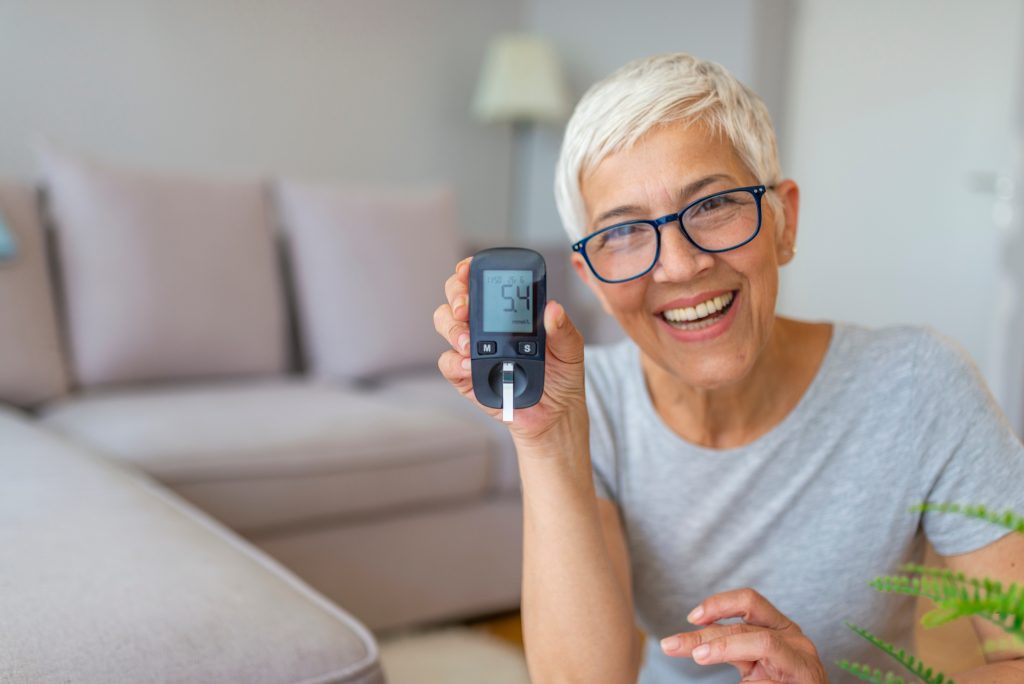
By Pete Alfano
For the most part, diabetes doesn’t have a gender bias, with men having a slightly higher risk of developing the disease but with women more at risk of suffering serious life-threatening complications.
For example, women with diabetes are four times more likely to suffer a heart attack than non-diabetics, while men have only two times the risk. Women are also more prone to have nerve damage, strokes, kidney, and eye disease. Gestational diabetes, which occurs during pregnancy and menstrual cycles, can raise blood sugar (glucose) levels, making it more challenging to manage the disease.
There are two types of diabetes. Type I is an autoimmune condition in which the body destroys insulin-producing cells in the pancreas. It is usually diagnosed in childhood. Type II occurs when the body stops producing insulin or cannot produce enough insulin to regulate glucose levels. It accounts for 85-to-90 percent of all diabetes, and yet, it is the easiest to avoid. Poor nutrition, lack of exercise, and obesity are mostly to blame for Type II diabetes.
So, whether you are a stay-at-home mom or a working woman, it is important to have your doctor regularly check glucose levels. While women who developed Type II diabetes during pregnancy often see a return to normal glucose levels after giving birth, they are at a higher risk for diabetes to return. Genetics is a factor that can make women more susceptible to Type I or II diabetes.
So, what should women do to manage or prevent diabetes? Start by losing weight, especially if you plan to have a child. Lead a healthier lifestyle, which means eating better and exercising. Going for a long walk at least three times a week is beneficial.
Sometimes, however, lifestyle changes are not enough. All Type I diabetics and some people with type II diabetes must take insulin, which they inject daily. An insulin pump can more accurately regulate the amount of insulin you need. A thin tube is inserted under the skin in the arm, back or stomach and insulin is delivered through the pump. There is also an insulin inhaler for those squeamish about injections or wearing a pump.
Diabetics also are responsible for monitoring their glucose levels several times a day, usually first thing in the morning, before meals, a couple of hours after a meal, and before bed. A drop of blood from your fingertip is placed on a test strip and put into a blood glucose meter. A Continuous Glucose Monitor is a product of modern technology in which a sensor is placed under the skin and gives continuous glucose readings. Women must be diligent, but they can lead a normal life with diabetes.
DID YOU KNOW?
- Almost 200 million women worldwide have diabetes, and the number is expected to exceed 300 million by 2040.
- Before insulin was developed in 1926, diabetes was a terminal disease.
- Women with diabetes often suffer from depression because of the necessary lifestyle changes and management.
- Women who have given birth to a baby weighing 9 pounds or more are at a higher risk of developing Gestational Diabetes during another pregnancy.










